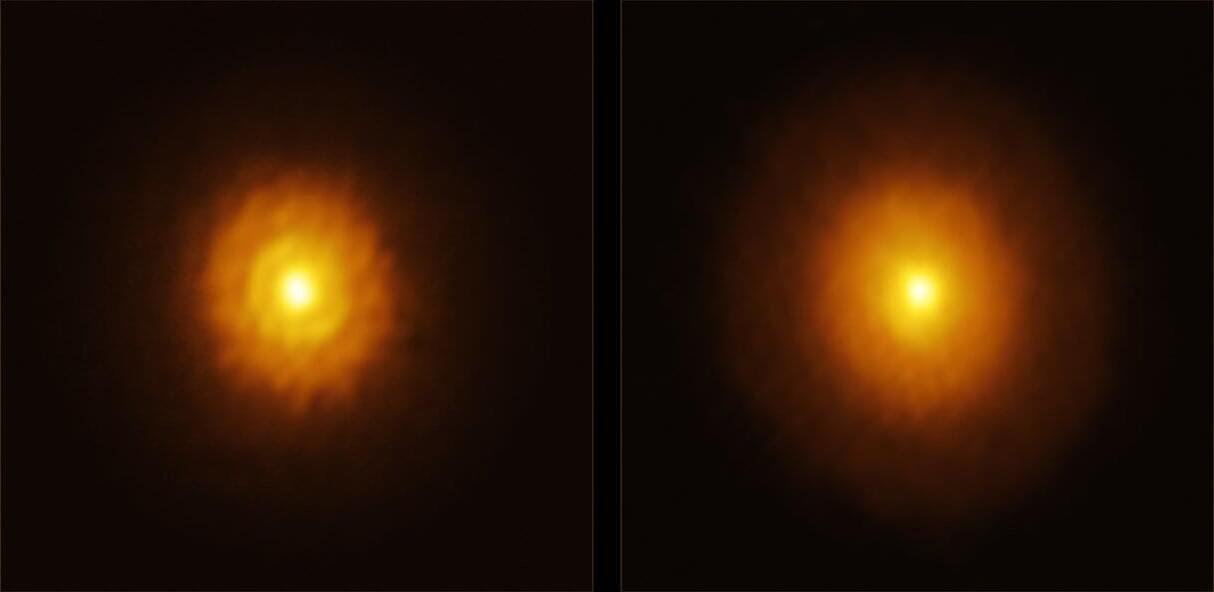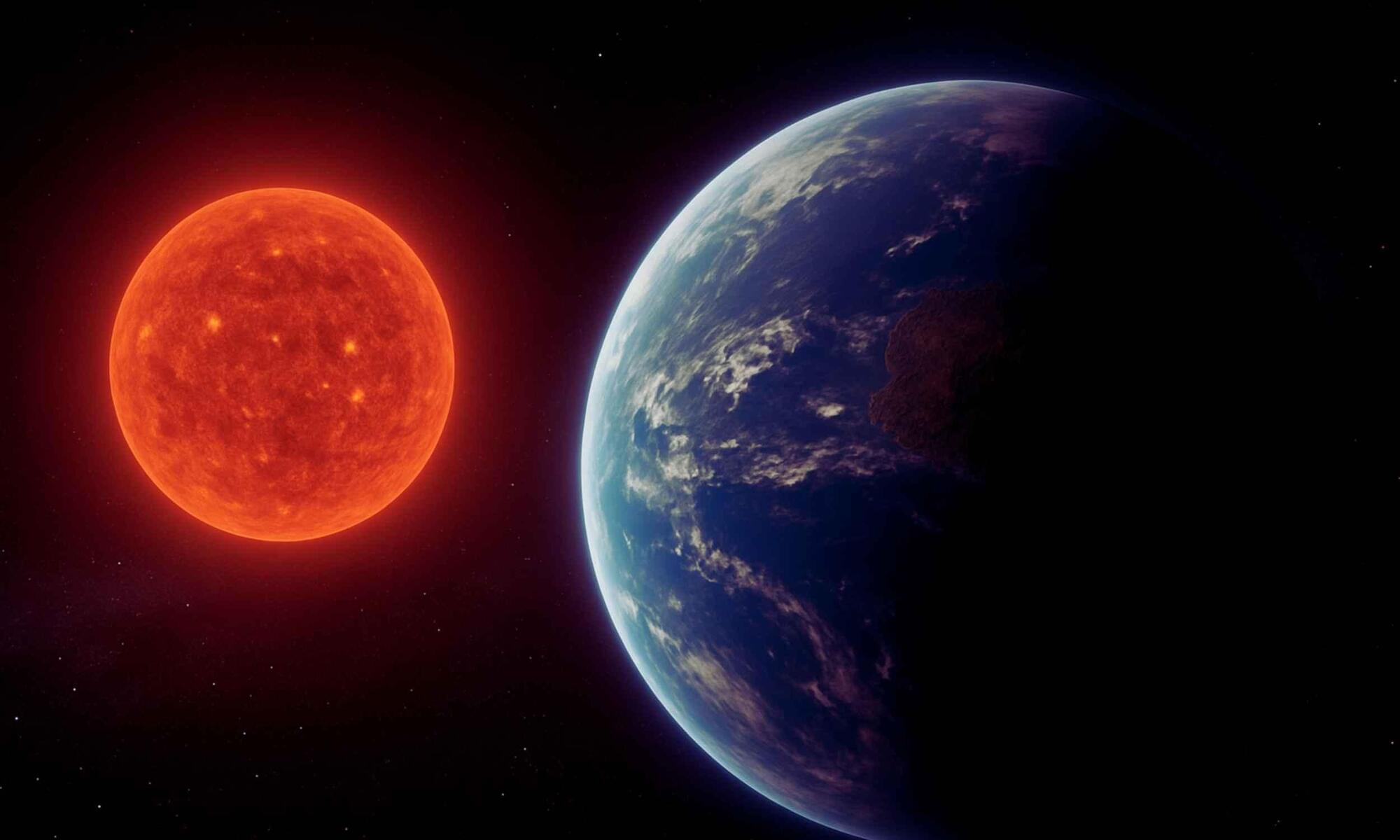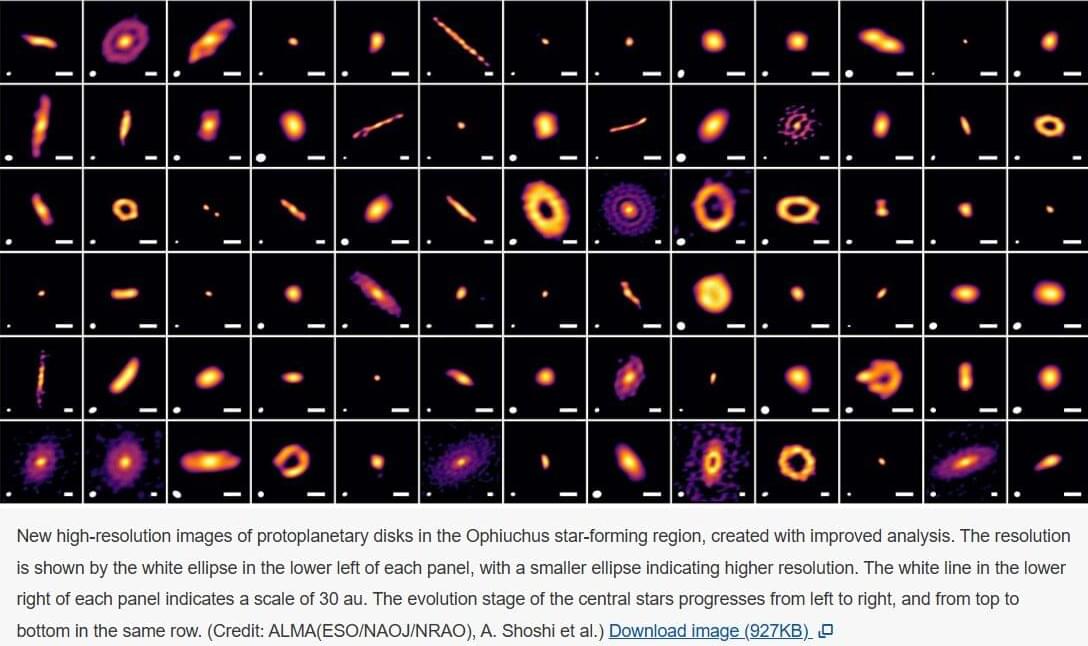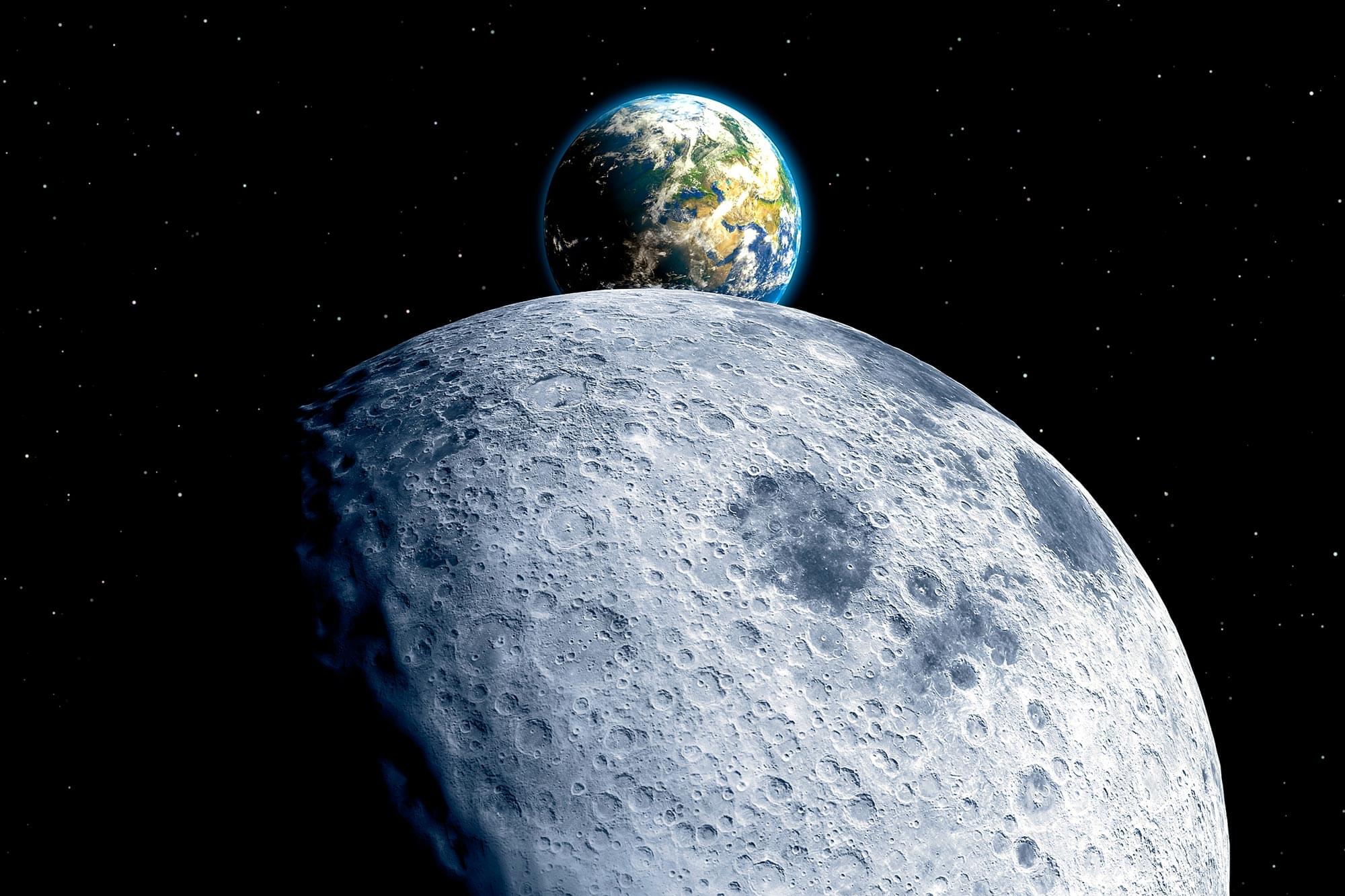This is THE book for spacers, dreamers, and anyone ready to find their true purpose



Astronomers have detected a giant exoplanet—between three and ten times the size of Jupiter—hiding in the swirling disk of gas and dust surrounding a young star.
Earlier observations of this star, called MP Mus, suggested that it was all alone without any planets in orbit around it, surrounded by a featureless cloud of gas and dust.
However, a second look at MP Mus, using a combination of results from the Atacama Large Millimeter/submillimeter Array (ALMA) and the European Space Agency’s Gaia mission, suggest that the star is not alone after all.

Other major players in the humanoid robot space include Tesla, which has Optimus, a 5-foot-8 humanoid robot that can dance, clean, and take out the trash. The company is working to deploy its first fleet in its factories by the year’s end. Boston Dynamics has Atlas, which can run, crawl, break dance, and do cartwheels. Agility Robotics has Digit, which Amazon once tested in its warehouses, though the e-commerce giant now uses its own set of in-house, non-humanoid robots designed by Amazon Robotics.
Many of these humanoid machines move with fluidity, exhibiting a suite of motor skills that allow them to augment the human labor force. Figure says its mission is to “develop general-purpose humanoids that make a positive impact on humanity and create a better life for future generations,” especially ones that can “eliminate the need for unsafe and undesirable jobs — ultimately allowing us to live happier, more purposeful lives.”
The company already has robots mingling with humans at its offices, asking employees if they want water or coffee, or simply patrolling the premises, he said. So, it’s not hard to imagine a time when “you’ll see as many humanoid robots as you see humans,” he said. “It’s literally going to feel like a sci-fi movie.”



Some ancient philosophies, such as Advaita Vedanta, claim that the universe is an illusion. Not only spiritual people quote this statement, but also some influential Western thinkers. Albert Einstein said:
“Reality is merely an illusion, albeit a very persistent one.” (Albert Einstein)
In what sense is the universe or reality an illusion? In the following, I bring clarity to this topic.
By flying closer to the Sun than ever, Parker Solar Probe reveals the chaotic birthplace of solar wind and space storms, offering clues that may boost Earth’s defenses.

New high-resolution images of protoplanetary disks in the Ophiuchus star-forming region, created with improved analysis. The resolution is shown by the white ellipse in the lower left of each panel, with a smaller ellipse indicating higher resolution. The white line in the lower right of each panel indicates a scale of 30 au. The evolution stage of the central stars progresses from left to right, and from top to bottom in the same row. (Credit: ALMA(ESO/NAOJ/NRAO), A. Shoshi et al.)
In a stellar nursery 460 light-years away, astronomers sharpened old ALMA data and spotted crisp rings and spirals swirling around 27 infant stars—evidence that planets start taking shape just a few hundred thousand years after their suns ignite, far earlier than anyone expected.
Signs of planet formation may appear earlier than expected around still-forming baby stars, according to new results of higher resolution images produced using new improved techniques to reanalyze radio astronomy archive data. These newly discovered signs of planet formation will provide a better understanding of when it begins around a young star, thereby elucidating the process that leads to planet formation, including habitable planets like Earth.
Rivian CEO RJ Scaringe claims that legacy automakers are intentionally slowing down electric vehicle adoption and hindering competition to protect their profits from gas-powered vehicles, which could threaten their survival and allow newer EV makers like Rivian and Tesla to dominate the market ## ## Questions to inspire discussion.
Legacy Automakers and EVs.
🚗 Q: Why are legacy automakers resistant to selling EVs? A: Legacy automakers don’t want to sell EVs because they make good margins on low-efficiency gas cars and can sell them at a premium price, preferring to see the EV market disappear.
🏛️ Q: How are legacy automakers fighting against EV policies? A: Legacy automakers are the biggest adversaries of EV policies, spending the most energy fighting against them in DC, reflecting their desire for the EV market to vanish. Rivian’s Challenges and Strategy.
💰 Q: What financial challenge does Rivian face? A: Rivian has a massive $23 billion debt, making it more indebted than any startup has ever been, requiring 10–20 years to become cash flow positive.
🛻 Q: How is Rivian addressing its product pricing? A: Rivian’s R2 electric truck, launching in 2025, will target a **$45,000 starting price, a strategic move to make their products more accessible.
